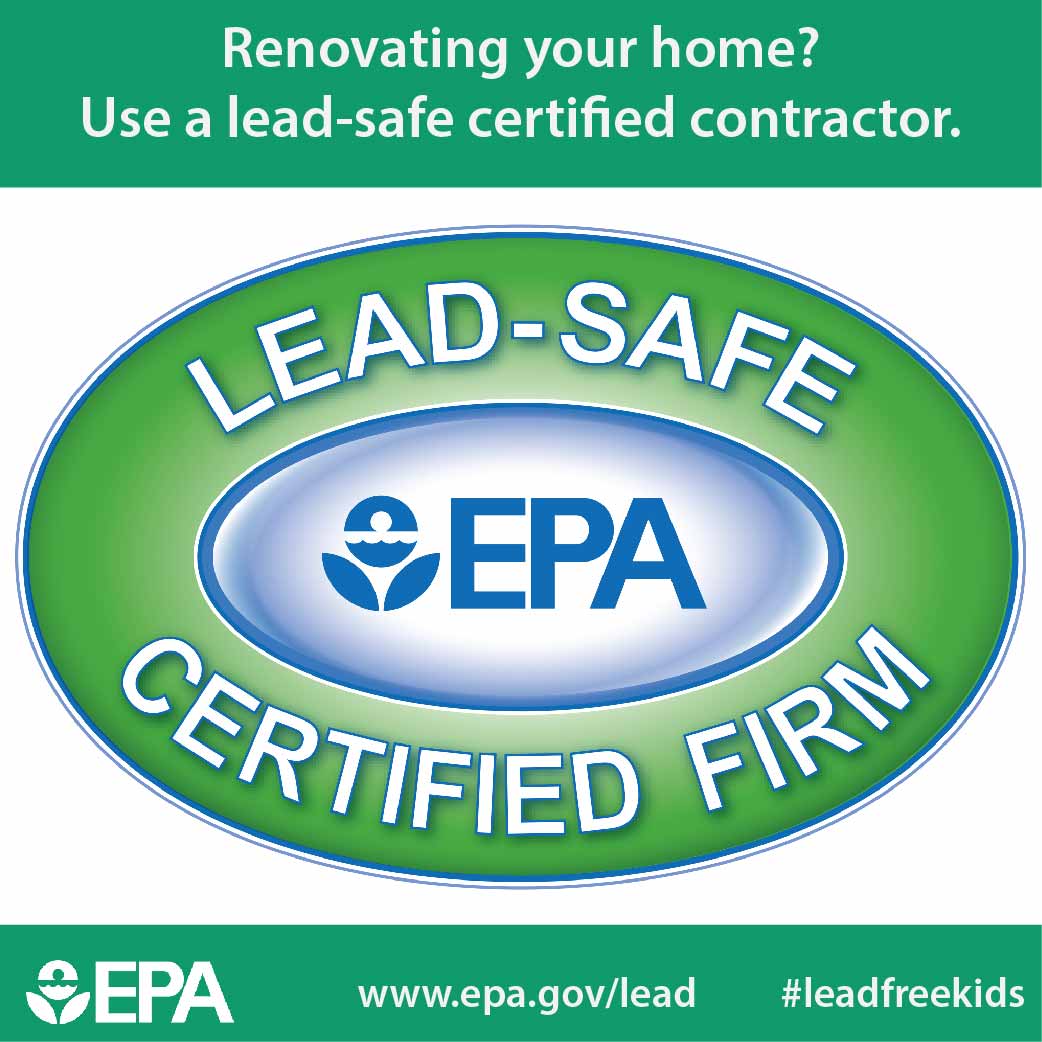Crucial Seasonal Aspects Of Commercial Exterior Paint: What You Ought To Comprehend
Crucial Seasonal Aspects Of Commercial Exterior Paint: What You Ought To Comprehend
Blog Article
simply click the up coming website page By-Doherty Bagger
When you're planning a business external paint job, seasonal variables can make or damage your results. You'll wish to take into consideration how temperature level and humidity effect paint application and drying times. Selecting the best season can ensure your paint adheres effectively and lasts much longer. Yet which periods are absolutely the best for this kind of job? Allow's explore the crucial elements that can influence your job's success.
The Impact of Temperature Level on Paint Application
When you're preparing a business exterior paint task, the temperature level can substantially affect just how well the paint adheres and dries out.
Ideally, you wish to repaint when temperature levels vary between 50 ° F and 85 ° F. If it's too cold, the paint might not heal properly, bring about issues like peeling or breaking.
On the other side, if it's too hot, the paint can dry out as well rapidly, avoiding appropriate attachment and resulting in an irregular finish.
You must also think about the time of day; morning or late afternoon provides cooler temperature levels, which can be more favorable.
Always check the maker's suggestions for the specific paint you're utilizing, as they frequently provide guidance on the perfect temperature range for optimal results.
Moisture and Its Result on Drying Times
Temperature isn't the only ecological variable that affects your industrial external painting job; moisture plays a substantial function as well. High humidity degrees can slow down drying out times considerably, influencing the overall top quality of your paint task.
When the air is filled with wetness, the paint takes longer to treat, which can cause problems like poor attachment and a higher threat of mold development. If you're repainting on a specifically humid day, be planned for prolonged delay times in between layers.
It's essential to keep track of local climate condition and plan as necessary. Ideally, aim for humidity degrees between 40% and 70% for optimum drying out.
Maintaining paint a straight line in mind ensures your project remains on track and delivers a long-term coating.
Best Seasons for Commercial Outside Painting Projects
What's the very best time of year for your industrial outside painting jobs?
Spring and early loss are commonly your best bets. Throughout painting company plymouth , temperatures are mild, and moisture degrees are commonly reduced, producing suitable problems for paint application and drying out.
Prevent summer season's intense heat, which can create paint to completely dry too swiftly, causing bad bond and surface. In a similar way, winter months's chilly temperatures can impede proper drying out and healing, taking the chance of the longevity of your paint job.
Aim for days with temperatures between 50 ° F and 85 ° F for optimal results. Remember to inspect the local weather report for rain, as wet problems can spoil your task.
Planning around these variables guarantees your painting job runs smoothly and lasts much longer.
Final thought
Finally, preparing your industrial exterior painting jobs around seasonal factors to consider can make a considerable difference in the result. By organizing job during the excellent temperature levels and moisture levels, you'll guarantee far better adhesion and drying times. visit their website in mind to keep an eye on local weather forecasts and pick the right time of year-- spring and early autumn are your best choices. Taking these steps will certainly assist you attain a sturdy and professional coating that lasts.
